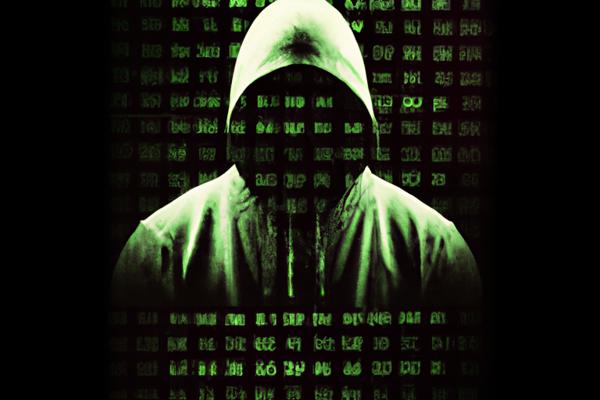SaaS (Software as a Service) has become essential for corporate IT [2], with businesses relying heavily on cloud-based software [1]. However, this shift has also attracted the attention of threat actors seeking to breach SaaS applications and access sensitive data [1] [2]. In 2024 [1] [2], several trends will impact SaaS security [1] [2].
Description
The democratization of SaaS has empowered business units to independently purchase and onboard SaaS tools that meet their needs [1]. This requires organizations to rethink how they secure data and collaborate with business units to provide guidance on security settings [1].
Identity Threat Detection & Response (ITDR) will become more prevalent in 2024 [1]. ITDR helps detect and respond to threat actors who breach the identity perimeter of SaaS applications [1], preventing data theft or ransomware attacks.
Global companies will face different regulatory requirements in different countries [1] [2], leading to an increase in geo-specific tenants [1] [2]. Each tenant will need independent configuration [1], requiring security teams to find a solution that allows them to set app benchmarks [1] [2], compare tenants [1] [2], and display security settings side-by-side [1].
Misconfigured settings in SaaS applications can lead to data breaches and significant damage [1] [2]. Securing misconfigurations is crucial in preventing these exploits from impacting operations and causing financial harm [1].
The use of third-party applications is on the rise [1], adding to the risk of SaaS security [1]. Security teams must gain visibility into all integrated apps [1] [2], understand requested permissions [1], and assess the risk they pose [1].
With the increase in remote work [1], employees are accessing SaaS applications from personal devices [1] [2], which may have vulnerabilities and create new attack vectors [1]. Security teams face challenges in identifying and securing these devices [1].
SaaS Security Posture Management (SSPM) tools [1] [2], coupled with ITDR capabilities [1] [2], can fully secure the SaaS stack [1] [2]. SSPMs automatically monitor configurations [1] [2], detect and monitor third-party applications [1] [2], track users [1], and monitor devices used to access applications [1] [2].
Conclusion
Organizations are investing more in SaaS security tools and recognizing the importance of securing their SaaS stack [1]. SSPMs provide baselining tools [1] [2], improve the overall posture of the SaaS stack [1], and facilitate collaboration between business units and security personnel [1]. The trends for SaaS security in 2024 include the democratization of SaaS [1], the adoption of ITDR [1], the need to secure geo-specific tenants [1], the prevention of misconfigurations [1], the management of third-party applications [1], the security of remote work devices [1], and the use of SSPMs to secure the SaaS stack [1]. These trends highlight the impacts, mitigations, and future implications of SaaS security.
References
[1] https://thehackernews.com/2023/12/top-7-trends-shaping-saas-security-in.html
[2] https://vulners.com/thn/THN:D7C3AE6BEC4B35455AE483EEBF6EEDA7





